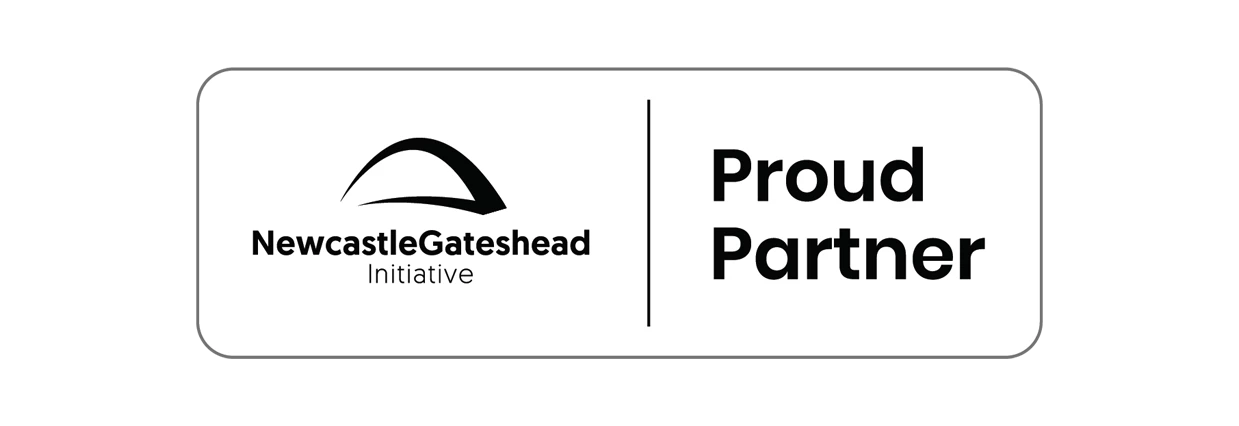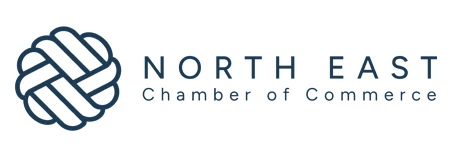Partner Article
Top 3 Tips For Using Social Business Software
This top 3 tips for using social business software is written to help your organisation choose the best social business software for your needs. What do I mean by social business software? The term is subject to some debate (which I won’t go into here) but for the purpose of this post, let’s refer to social business software as any technology which helps you perform business functions, with a social or collaborative element.
My top 3 tips for using social business software looks like this…
1. Be clear on what you would like to get out of the software
Before starting your search you should agree with the stakeholders in your organisation what are the “must have” and “nice to have” features for your social business software. It might sound obvious but the world of social business is vast and it’s easy to forget your priorities once you delve deeper. In your research you will no doubt discover new technologies, multiple providers, lists of software features and so on. Your list of “must have” and “nice to have” features will keep you from getting overwhelmed.
2. Do not underestimate the level of support you will need
When approaching software suppliers make sure you ask them about the level of training and support that’s included. Be realistic and consider how the software will fit within your organisation’s culture and understand that a new system and the change that it will bring to your working methods requires consistent support and training for it to stand a chance of being taken up across the organisation. This is so important that even if support or training isn’t included by your supplier, you should make provisions to include this.
3. Test the software across job functions early on
It’s good to have ambassadors within your organisation who will encourage the use of your chosen social business software. But for a successful trial you cannot just rely on these ambassadors to test the product, the software should be tested across all departments. For example, instead of just involving the IT department, try and include key staff members across all job functions such as HR, Marketing, and senior execs. By doing this early on you’ll get to see how the software performs in a real-world situation. After all, your organisation does communicate across departments doesn’t it?
Some of recommended social business software I use:
Productivity tool for managing my team’s workflow: I use Asana to work on projects with my colleagues. I’ve found it particularly useful for centralising my tasks, managing my own and my team’s workload and keeping on top of deadlines. It’s not the only software to do this, but does it simply – so you can quickly get on with the rest of your workload.
For finding, sharing and discussing industry data: As a communications professional I’m in constant need of fresh, relevant data, and when I can’t find the quality of information I need on Google I use CQ Spark. I find it useful for performing customisable searches to produce very targeted results. It’s also a private social network that lets me access and share topics of interests with the people I invite to my network (colleagues and clients).
For convenient file management: Google Apps for business – Although no longer free I still use Google Apps for business because I regularly make use of its calendar, storage and documents to manage team files wherever I am. It’s great because it’s easy to use and easy to access, and because it’s Google I have big expectations for future developments.
Do you agree with my list? Or do you have other tips for choosing social business software? It would be good to hear about some of the tools you find helpful.
This was posted in Bdaily's Members' News section by Rita Auta .








 Crisis comms lessons from the Astronomer Scandal
Crisis comms lessons from the Astronomer Scandal
 The real cost of tendering for construction SMEs
The real cost of tendering for construction SMEs
 A welcome step forward – but let’s keep pushing
A welcome step forward – but let’s keep pushing
 Industrial strategy 'can drive business forward'
Industrial strategy 'can drive business forward'
 Industrial strategy 'can be game-changer we need'
Industrial strategy 'can be game-changer we need'
 Driving skills forward with near £100,000 boost
Driving skills forward with near £100,000 boost
 What pension rule changes could mean for you
What pension rule changes could mean for you
 North East can't be an afterthought in AI future
North East can't be an afterthought in AI future
 Understanding the impact of the Procurement Act
Understanding the impact of the Procurement Act
 Is the UK losing ground in life sciences investment?
Is the UK losing ground in life sciences investment?
 Construction workforce growth can't be a quick fix
Construction workforce growth can't be a quick fix
 Why it is time to give care work a makeover
Why it is time to give care work a makeover